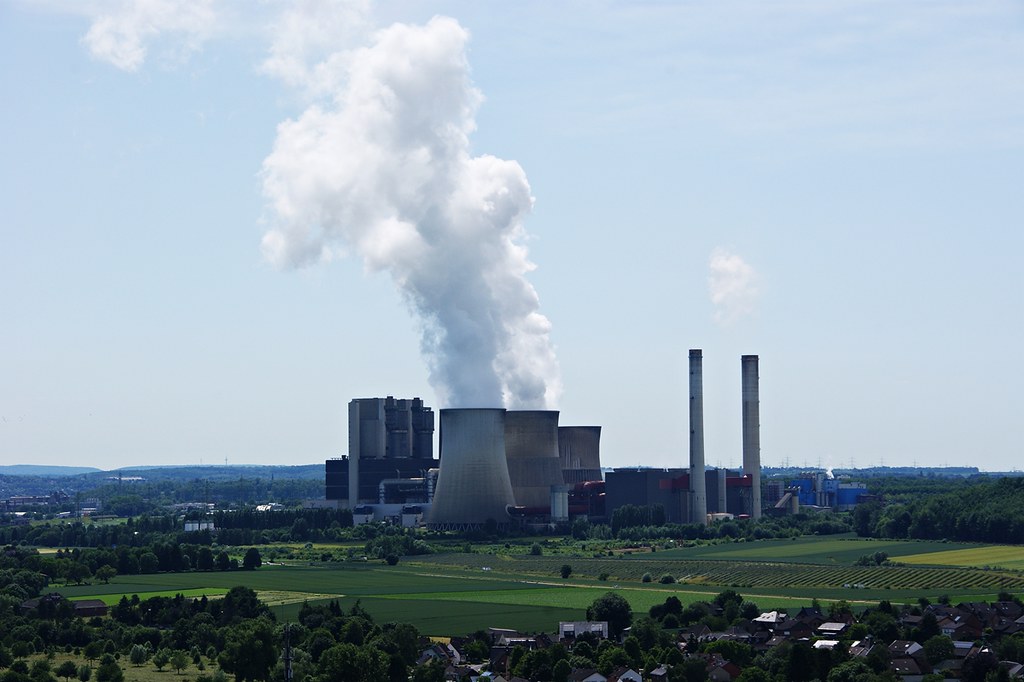根據經濟合作暨發展組織(OECD)的最新報告,歐盟實行的碳交易制度並沒有對公司的營收、利潤、固定資產和雇用狀況造成負面影響,事實上,參與ETS的公司往往表現更好。報告分析2005年到2014年間,參與歐盟碳交易體系(Emissions Trading System,ETS)的2000家公司,得出這樣的結果。
參與ETS的公司多達2000家,報告將這些公司的財務資料與相同國家、產業、類似規模,但不受監管的公司進行比較,並輔以「歐洲污染物排放及轉移登記冊」(European Pollutant Release and Transfer Register)的資料。
歐盟碳交易體系(Emissions Trading System,ETS)是全世界第一個國際碳交易體系,也是現在全球25個碳交易體系中最大的。它為31個國家的1萬4000多個發電廠和工廠分配可交易的排放許可證,佔歐盟溫室氣體總排放量的40%以上。
報告指出,ETS沒有對營收、利潤、固定資產和雇用狀況造成負面影響,事實上,參與ETS的公司往往表現更好。
研究期間結束時,參與ETS的企業營收比未參與者高7%到18%,固定資產成長6%到10%,雇用狀況和獲利則略高於非ETS企業。
過去的證據顯示,ETS鼓勵受監管公司投資碳儲存技術,可以提高生產力。身為歐洲減碳排放的主要途徑,這對ETS來說非常有利。
ETS有一套排放限額和交易原則,對工廠、發電廠和其他設施設定溫室氣體排放量上限。上限會隨著時間減少,因此總排放量會下降。
在上限內,企業可以接收或購買排放配額,彼此根據需求相互交易。也可以向世界各地的減排計畫購買限量的貸款額度。配額總數的限制確保它們具有價值。
企業必須每年繳交補貼來支付其排放量,否則會被處以高額罰款。如果排放量減少,企業可以保留備用配額以滿足其未來需求,或者出售給需要的公司。交易帶來的靈活性可確保用最低成本減少排放。
OECD的報告指出,ETS的確有助減少碳排放。在法國、荷蘭、挪威和英國,將ETS涵蓋的發電廠和工業設施的排放數據,與類似但不受監管的設施進行比較,可看出顯著差異。
在這四個國家,受管制的工廠在2005年至2012年間排放量減少了10-14%。2008年至2012年,也就是在ETS的第二個交易階段,降幅最多,越大的設施降幅度越大。
Emissions limits set by the European Union’s Emissions Trading System have not hurt revenue, profits or employment at firms subject to the cap-and-trade program over the years 2005-2014, finds a new report from the developed countries’ Organisation for Economic Co-operation and Development (OECD).
The report, titled “Joint Impact of the EU Emissions Trading System (ETS) on Carbon Emissions and Economic Performance,” was released last month.
It compares financial data from around 2,000 firms operating ETS-regulated facilities across the EU with financial data from similar-sized unregulated firms from the same countries and sectors. This data was complemented with data from the European Pollutant Release and Transfer Register.
The EU ETS is the world’s first international emissions trading system and the biggest of 25 carbon cap-and-trade systems in place worldwide today. It allocates tradeable emissions permits to over 14,000 power stations and industrial plants in 31 countries accounting for over 40 percent of the EU’s total greenhouse gas emissions.
The report finds that EU ETS regulations “had no negative effect on revenue, profits, fixed assets or jobs, and, in fact, firms subject to the ETS tended to perform better.”
Revenues of firms subject to the ETS were seven percent to 18 percent higher at the end of the period studied than what they would have been without the EU ETS, and their fixed assets grew by six to 10 percent compared to control firms.
Employment levels and operating profit at ETS firms were slightly higher than at non-ETS firms.
Previous evidence has shown that the EU ETS encourages regulated companies to invest in carbon-saving technology, which can boost productivity, a move that speaks well for the ETS, Europe’s main tool for reducing carbon emissions.
The EU ETS works on the cap and trade principle. A cap, or limit, is set on the total amount of certain greenhouse gases that can be emitted by the factories, power plants and other installations within the system. The cap is reduced over time so that total emissions fall.
Within the cap, companies receive or buy emission allowances, which they can trade with one another as required. They can also buy limited amounts of international credits from emission-saving projects around the world. The limit on the total number of allowances available ensures that they have a value.
After each year, a company must surrender enough allowances to cover all its emissions, or heavy fines are imposed. If it reduces its emissions, it can either keep the spare allowances to cover its future needs or sell them to another company that needs them. The flexibility that trading brings ensures that emissions are cut where it costs least to do so.
The OECD report finds the EU’s Emissions Trading System has been effective in reducing carbon emissions. Comparing emissions data from power plants and industrial facilities covered by the ETS with data from similar but unregulated facilities in the four countries where data enable such a comparison – France, the Netherlands, Norway and the United Kingdom – shows a significant difference.
ETS-regulated plants in these countries cut their emissions by 10-14 percent between the system’s 2005 introduction and 2012 compared with similar-sized unregulated installations from the same countries and sectors. Most of the drop took place from 2008 to 2012, during the second trading phase of the ETS, and the decrease was most marked at the biggest facilities.
※ 全文及圖片詳見:ENS










